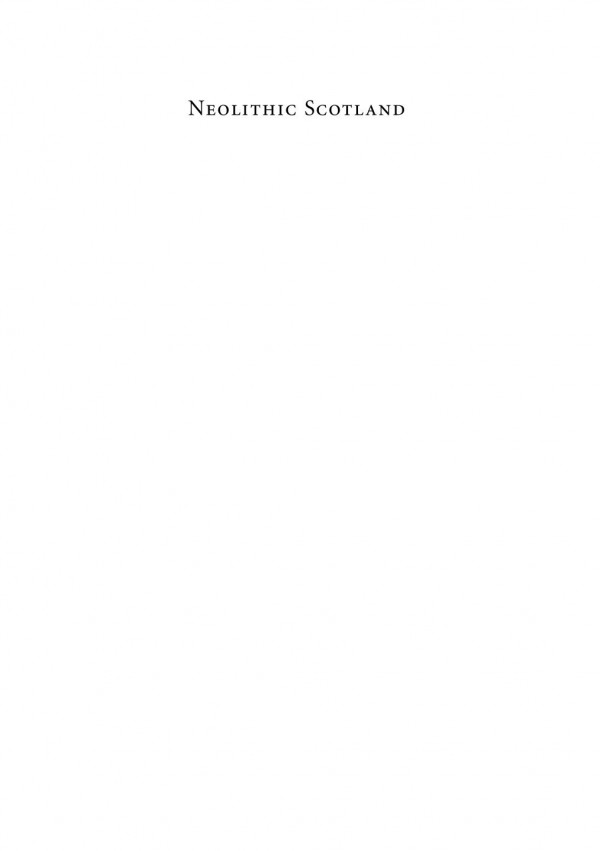

Most ebook files are in PDF format, so you can easily read them using various software such as Foxit Reader or directly on the Google Chrome browser.
Some ebook files are released by publishers in other formats such as .awz, .mobi, .epub, .fb2, etc. You may need to install specific software to read these formats on mobile/PC, such as Calibre.
Please read the tutorial at this link: https://ebookbell.com/faq
We offer FREE conversion to the popular formats you request; however, this may take some time. Therefore, right after payment, please email us, and we will try to provide the service as quickly as possible.
For some exceptional file formats or broken links (if any), please refrain from opening any disputes. Instead, email us first, and we will try to assist within a maximum of 6 hours.
EbookBell Team

4.0
6 reviewsGBS_insertPreviewButtonPopup('ISBN:9780748623389');
This is an account of the Neolithic period in Scotland from its earliest traces around 4000 BC to the transformation of Neolithic society in the Early Bronze Age fifteen hundred years later. Gordon Noble inteprets Scottish material in the context of debates and issues in European archaeology, comparing sites and practices identified in Scotland to those found elsewhere in Britain and beyond. He considers the nature and effects of memory, sea and land travel, ritualisation, island identities, mortuary practice, symbolism and environmental impact. He synthesises excavations and research conducted over the last century and more, bringing together the evidence for understanding what happened in Scotland during this long period. His long-term and regionally based analysis suggests new directions for the interpretation of the Neolithic more generally.
After outlining the chronology of the Neolithic in Europe Dr Noble considers its origins in Scotland. He investigates why the Earlier Neolithic in Scotland is characterised by regionally-distinct monumental traditions and asks if these reflect different conceptions of the world. He uses a long-term perspective to explain the nature of monumental landscapes in the Later Neolithic and considers whether Neolithic society as a whole might have been created and maintained through interactions at places where large-scale monuments were built. He ends by considering how the Neolithic was transformed in the Early Bronze Age through the manipulation of the material remains of the past. Neolithic Scotland provides a comprehensive, approachable and up-to-date account of the Scottish Neolithic. Such a book has not been available for many years. It will be widely welcomed.